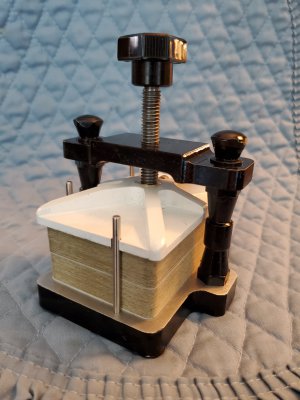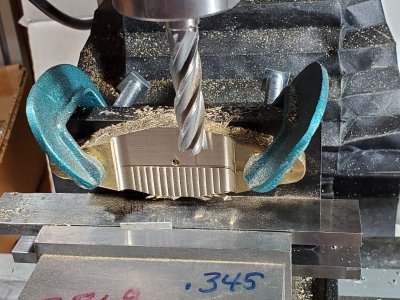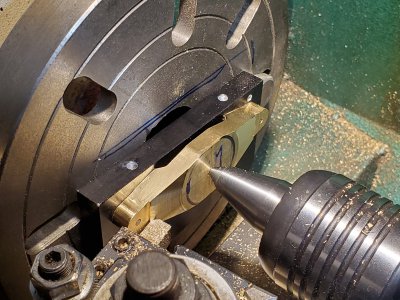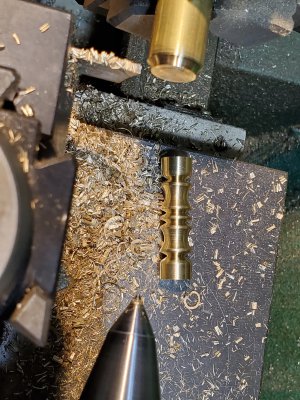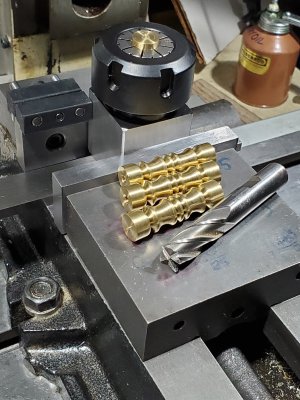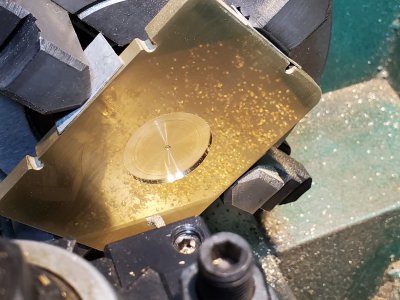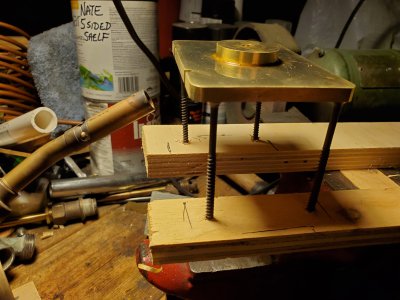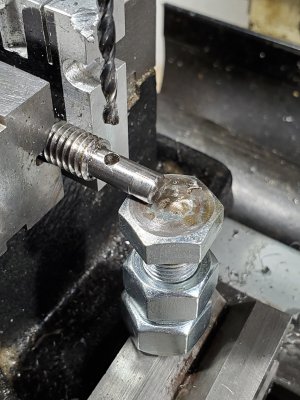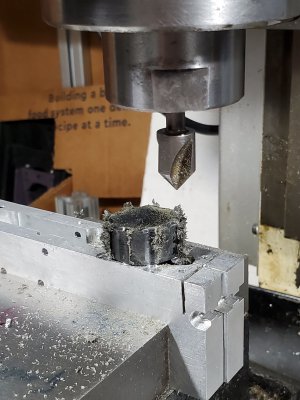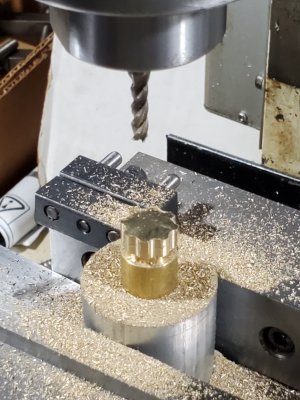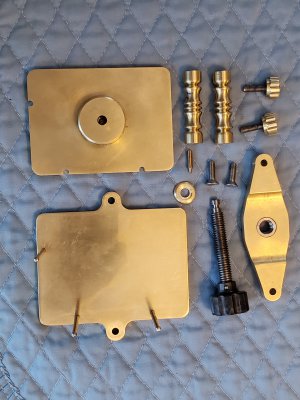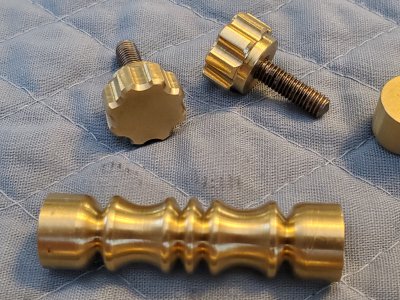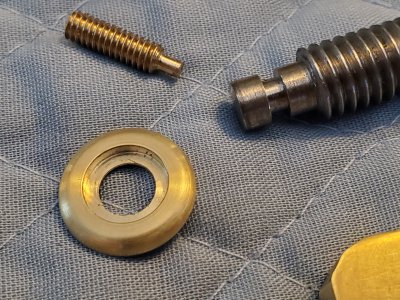- Joined
- Dec 27, 2013
- Messages
- 124
This thread is a build for a card press, bridge or playing. Inspired by ClickSpring's opus for Chris Ramsey. Don't judge. These are in no way as pretty, nor is the craftsmanship comparable. No snakes were harmed in this build either.
PROCESS
Wanted something that was not difficult or overly ornate when built. In many ways, I realized this was a lot like buggy whips - who uses cards now? Largely confined to bridge and poker players at live events, I think.
PROCESS
Wanted something that was not difficult or overly ornate when built. In many ways, I realized this was a lot like buggy whips - who uses cards now? Largely confined to bridge and poker players at live events, I think.


